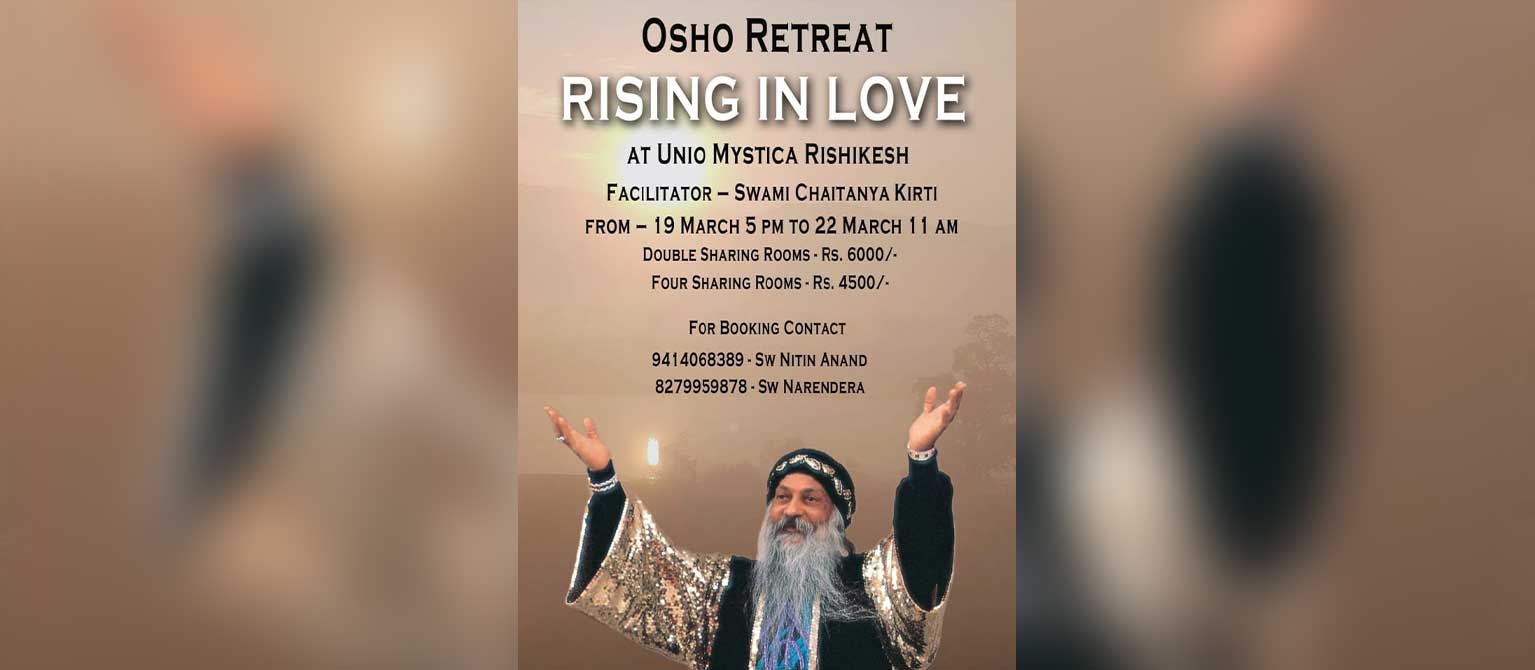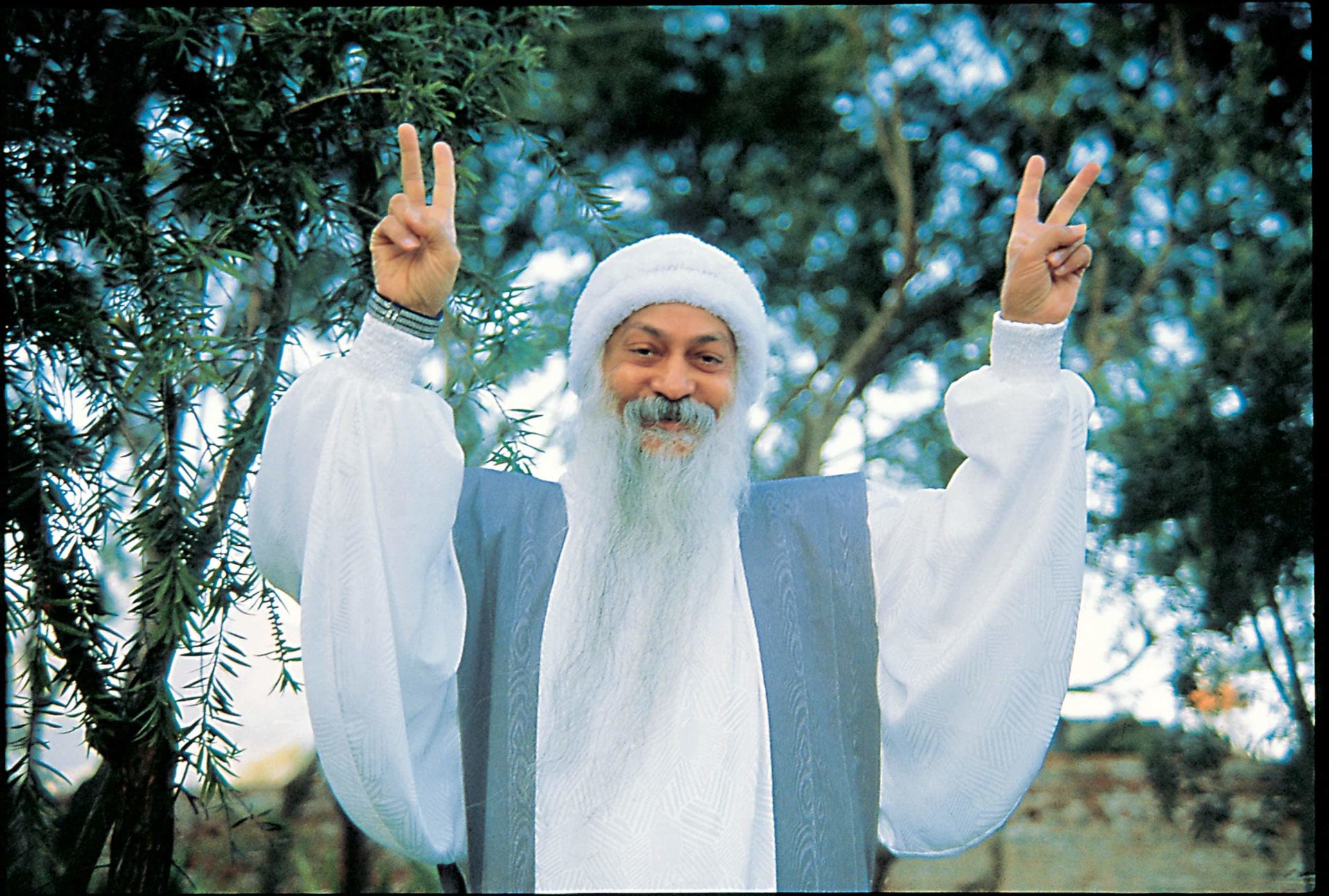Indian Express
August 30
Ekam Sadviprah Bahudha Vadanti…
SWAMI CHAITANYA KEERTI
TRUTH is not a belief, it is an experience. The experience does not happen in the domain of thought or mental processes. It happens in our heart, in our being or soul; and we may also call it consciousness. It is a form of realisation without any conflict of dogma or any belief system. So those who realise the truth, also realise the vastness of that truth which is multidimensional. And those who chose to believe in truth without any realisation of their own, often become stuck with the one dimension they call their religion or sect. This gets entrenched in the mind and they become overpowered by this thought. This thought, which has no roots in the realisation of truth or meditation, becomes the source of all conflicts of beliefs and dogmas. They raise the flags of their beliefs and kill the truth with the sticks of their flags.
Osho tells an edifying story to illumine this point. Apparently, when Alexander the Great came to conquer India, he met a sanyasi, who was actually a great sage. The sage’s name was ‘Dandamis’; at least, that is how Greek historians seem to have pronounced it. Alexander questioned the sage: ‘‘Do you believe in God?’’ The sage remained silent. Alexander said, ‘‘I cannot see, so how can I believe? How do you believe without seeing him?’’ The naked sage laughed. He took Alexander by his hand towards the marketplace. Alexander followed — maybe he was taking him somewhere where he could show him God. A small boy was flying a kite, and the kite had gone so far away that it was impossible to see it. The sage smiled secretly and stopped there, and the king of the Macedons waited impatiently. The sage asked the little boy, ‘‘Where is your kite? Because we cannot see it, and without seeing, how can we believe it is actually in existence? So where is that kite of yours? How do you still believe the kite exists?’’ The boy laughed merrily and looked pityingly at the sage for asking such an absurd question. He said, ‘‘I can feel the pull of it.’’ And the sage said to Alexander, ‘‘I can also feel the pull of it.’’
Trust is nothing but the feel of the pull. You don’t see — one has never seen God; only the pull is felt. But that is enough, that is more than enough. But then you have to be in a certain state where the pull can be felt. It cannot be learnt from scriptures; it is not a doctrine. Nobody can explain it: you have to feel the pull.
The old sage laughed. Alexander also realised that it had been a revelation. But the sage said, ‘‘Wait, no need to believe in me. You take the thread in your hand and feel the pull, because who knows? This boy may be deceiving. Never believe. Feel the pull.’’ If Alexander had gone away just listening to the boy, it would have been a belief. But he felt the pull: the kite was there on the other end, the pull was here on this end. He could feel the force. He thanked the old sage.
Meditation is a state where you allow yourself to feel the pull of existence. That pull has been called by many names. In the Upanishads they say, Ekam Sadviparah Bahudha Vadanti — that Truth is One. But sages have called it many names.
For a man of deep understanding, the Truth is multidimensional — because he can penetrate to the very depth of life and existence and can see a different viewpoint besides the one he has received or is trained in. He is not enclosed in his own viewpoint, in his own philosophy, in his own doctrine. He is an opening into the vast sky. His mind is empty and his heart is full of wonder. His being thrills with the bliss of realisation.








